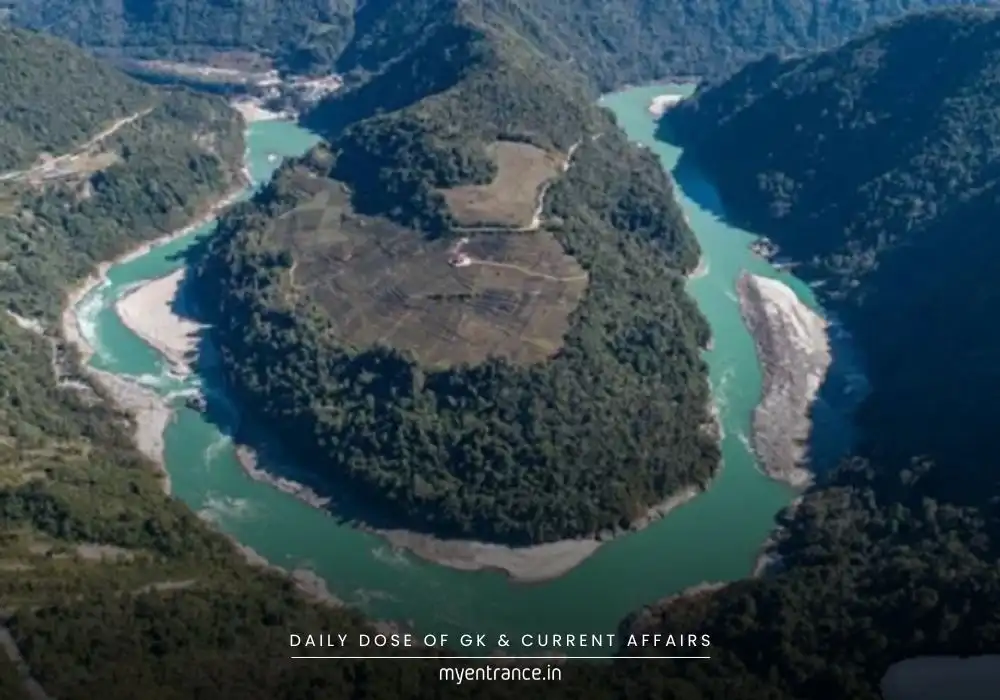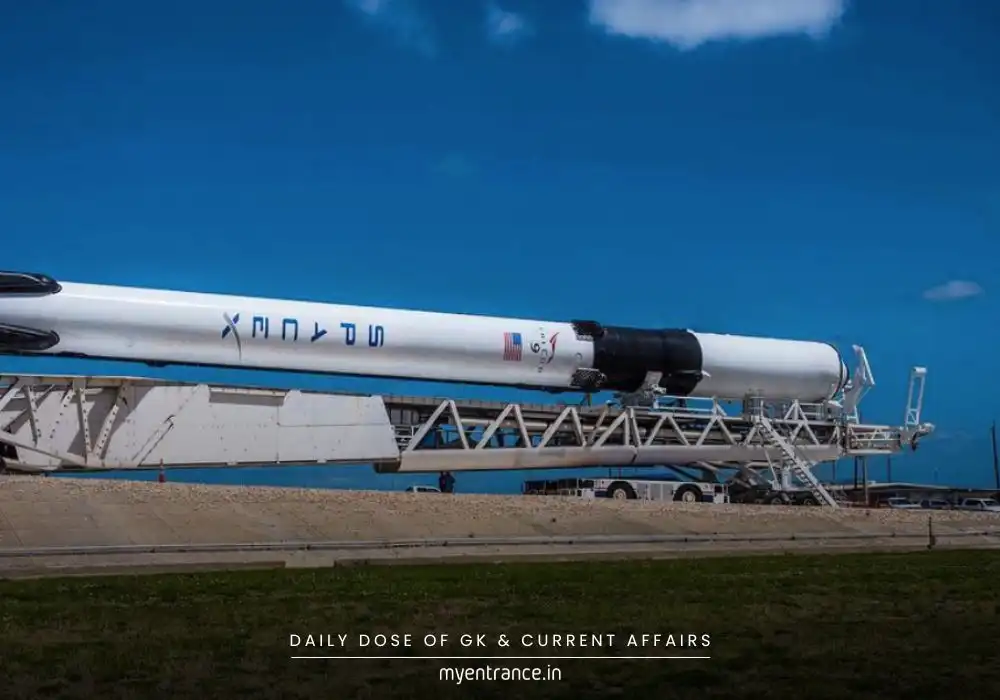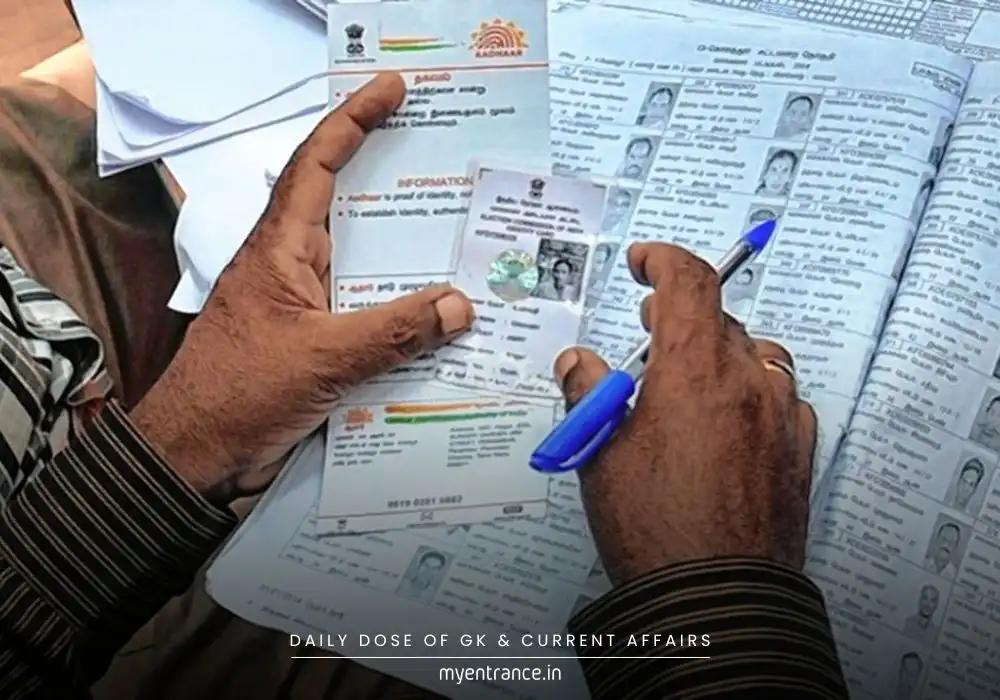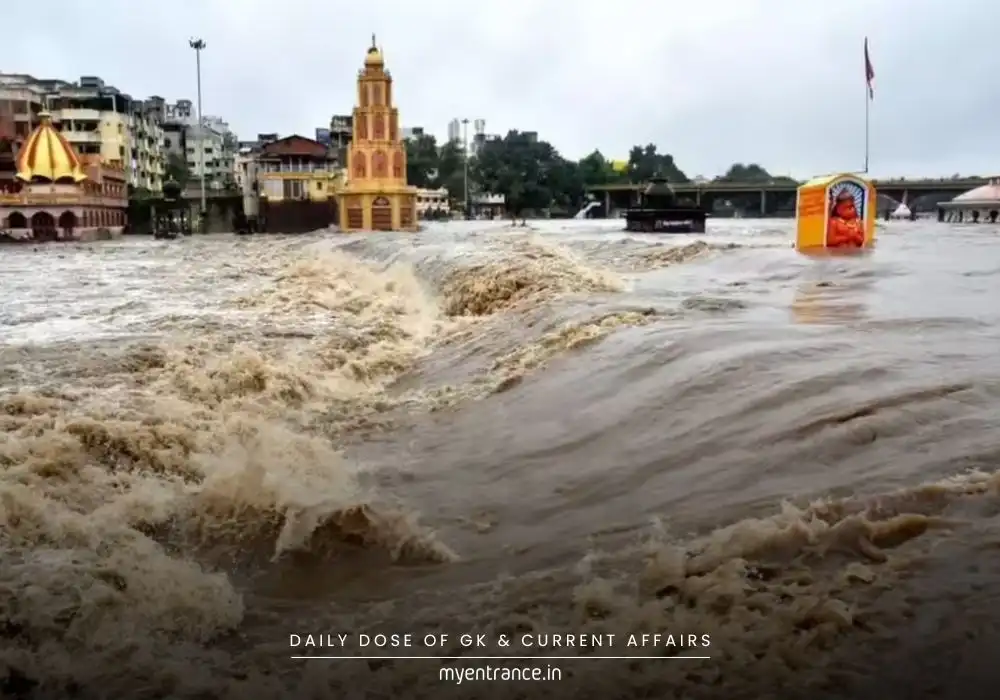Translate Language
Is This the World’s Most Powerful Hydropower Project? Here’s What You Need to Know!
China has launched the construction of the world’s largest hydropower project—an ambitious venture that promises to generate electricity equivalent to the UK’s annual usage. Built on the Yarlung Zangbo River, this mega-dam carries global significance for environmental, economic, and geopolitical reasons.

What is the World’s Largest Hydropower Project?
China has set in motion one of the world’s most colossal infrastructure feats—a hydropower project on the eastern edge of the Tibetan Plateau, along the Yarlung Zangbo River (which flows into India as the Brahmaputra). With an estimated cost of over $170 billion, the project aims to generate a staggering 300 billion kilowatt-hours of electricity each year—matching the UK’s electricity consumption in 2024.
Unlike any previous dam, this project spans five cascade hydropower stations over a 50-kilometre stretch of river, capitalizing on a 2,000-metre natural drop to maximize energy production. The initiative is slated for completion in the 2030s and will primarily power the Tibet Autonomous Region and surrounding areas.
Economic Implications:
The announcement sparked a rally in the Chinese stock market, with shares of infrastructure, cement, and engineering firms rising sharply. The project is seen as a long-term economic catalyst, potentially injecting 120 billion yuan into the GDP at its construction peak. Analysts compare its financial stability to bond investments.
Environmental Concerns:
While Chinese authorities promise eco-friendly construction, environmental groups have sounded alarms over the potential loss of biodiversity in the Tibetan Plateau—one of Earth’s most fragile and biologically rich ecosystems. Additionally, the region is known for its seismic activity, raising safety questions.
Geopolitical Impacts:
The project has stirred diplomatic concerns in India and Bangladesh, as the Yarlung Zangbo transforms into the Brahmaputra downstream. States like Arunachal Pradesh worry about reduced water flow and flooding, especially in Assam. With the dam being close to international borders, it also heightens strategic tensions.
Social & Employment Considerations:
While the previous Three Gorges Dam created jobs for nearly a million people but also displaced many, there is little transparency yet about how this new project will affect local communities. Resettlement plans and social impacts remain unclear.
Sample Questions and Answers
Q: On which river is China constructing the world’s largest hydropower project?
A: The Yarlung Zangbo River, which flows into India and becomes the Brahmaputra.
Q: What is the projected electricity output of the dam?
A: Approximately 300 billion kilowatt-hours annually.
Q: What is the estimated cost of the hydropower project?
A: Over $170 billion.
Q: Which Indian states are concerned about the downstream impact of the dam?
A: Arunachal Pradesh and Assam.
Q: What environmental concern is linked to the dam’s location?
A: The region is a biodiversity hotspot and lies in a seismically active zone.
Why Is This Topic Important for Exams?
Current Affairs: Questions about this dam can appear in sections related to international developments, environmental issues, or infrastructure.
Geopolitics: Understanding the implications for India and its neighbors helps in exams like UPSC, KAS, and SSC.
Environmental Studies: Topics involving large-scale projects and ecological balance are key in NID and NIFT general studies.
Science & Tech: Knowing how hydropower works and its global usage is relevant for competitive exams with a focus on general knowledge.
Get 3 Months Free Access for SSC, PSC, NIFT & NID
Boost your exam prep!
Use offer code WELCOME28 to get 3 months free subscription. Start preparing today!















